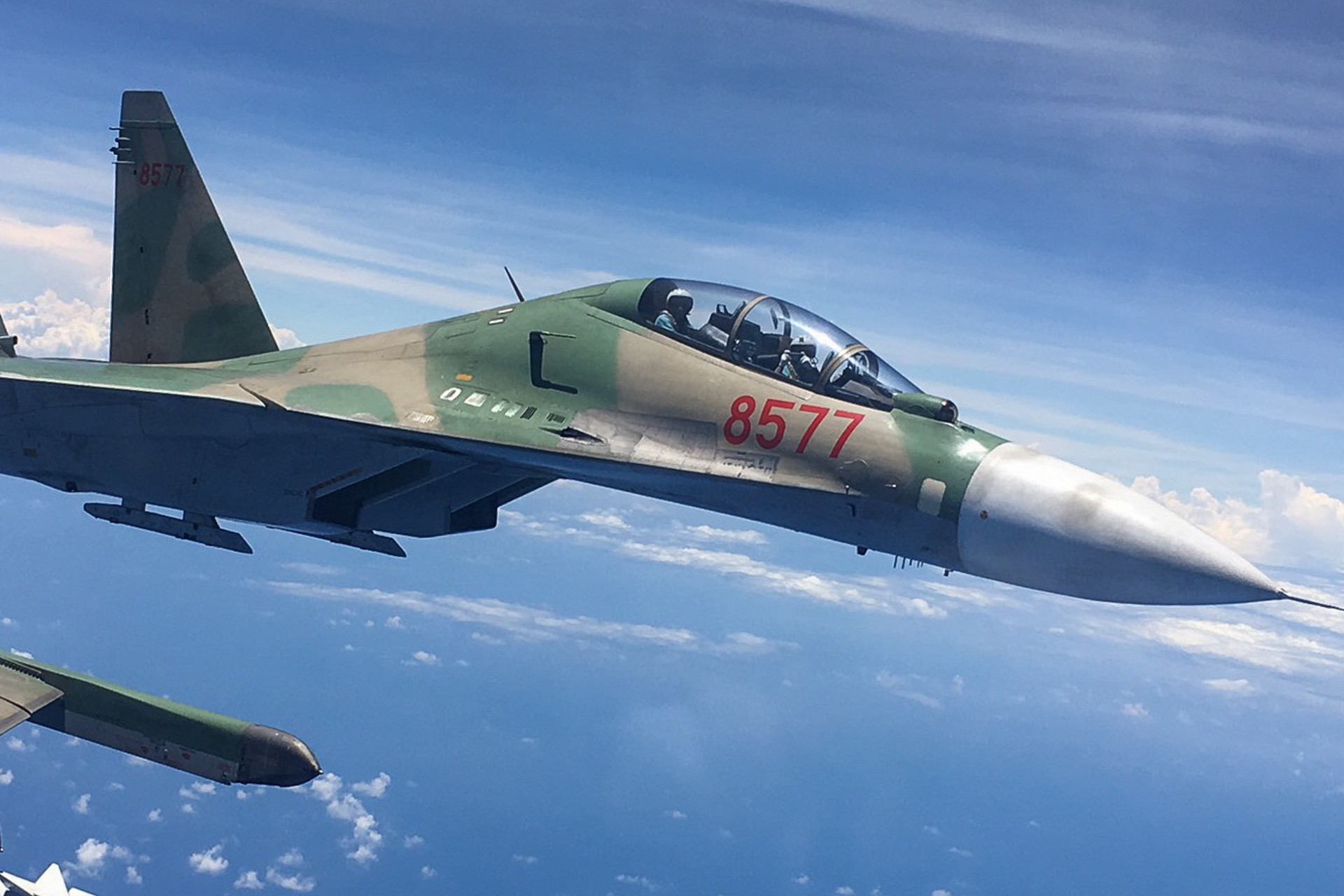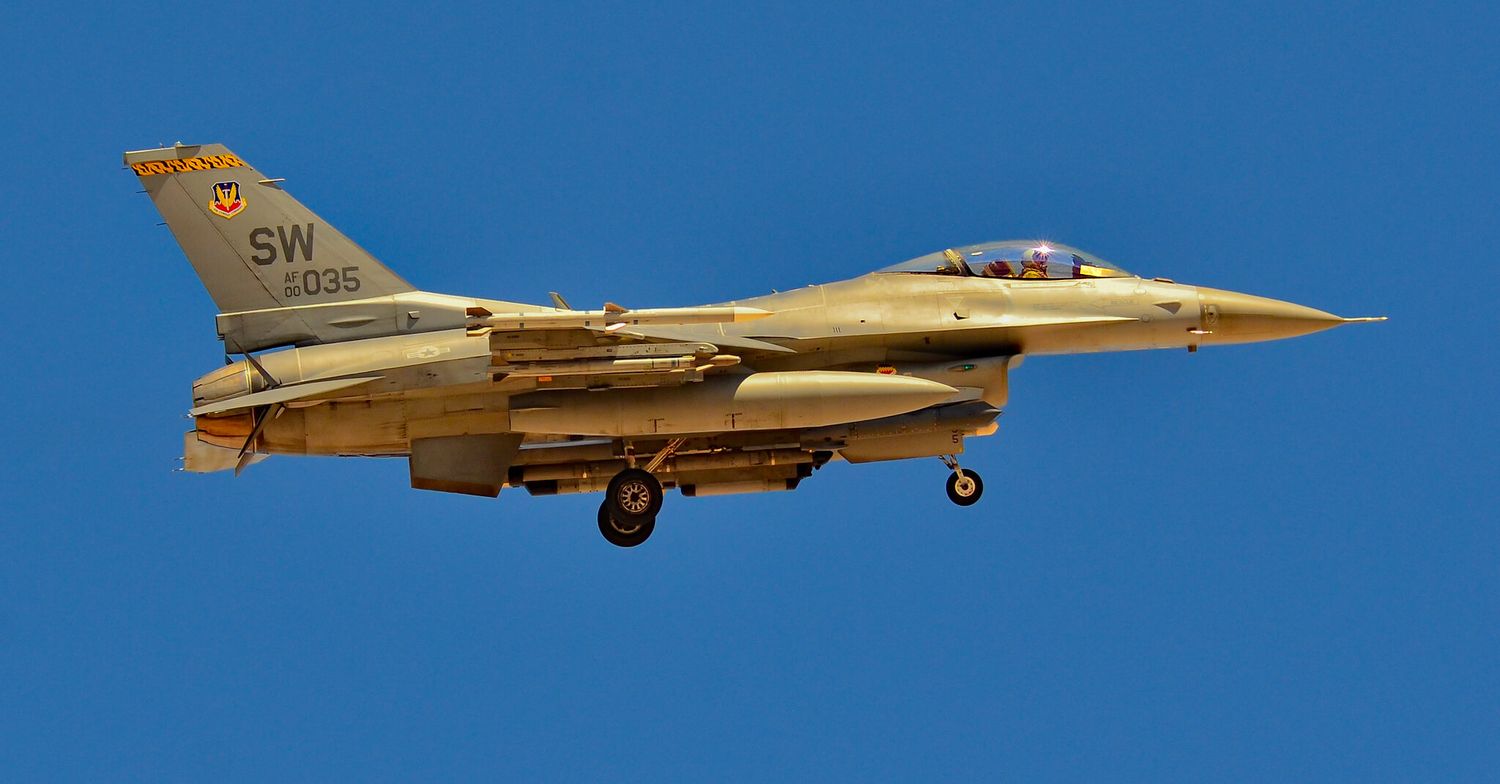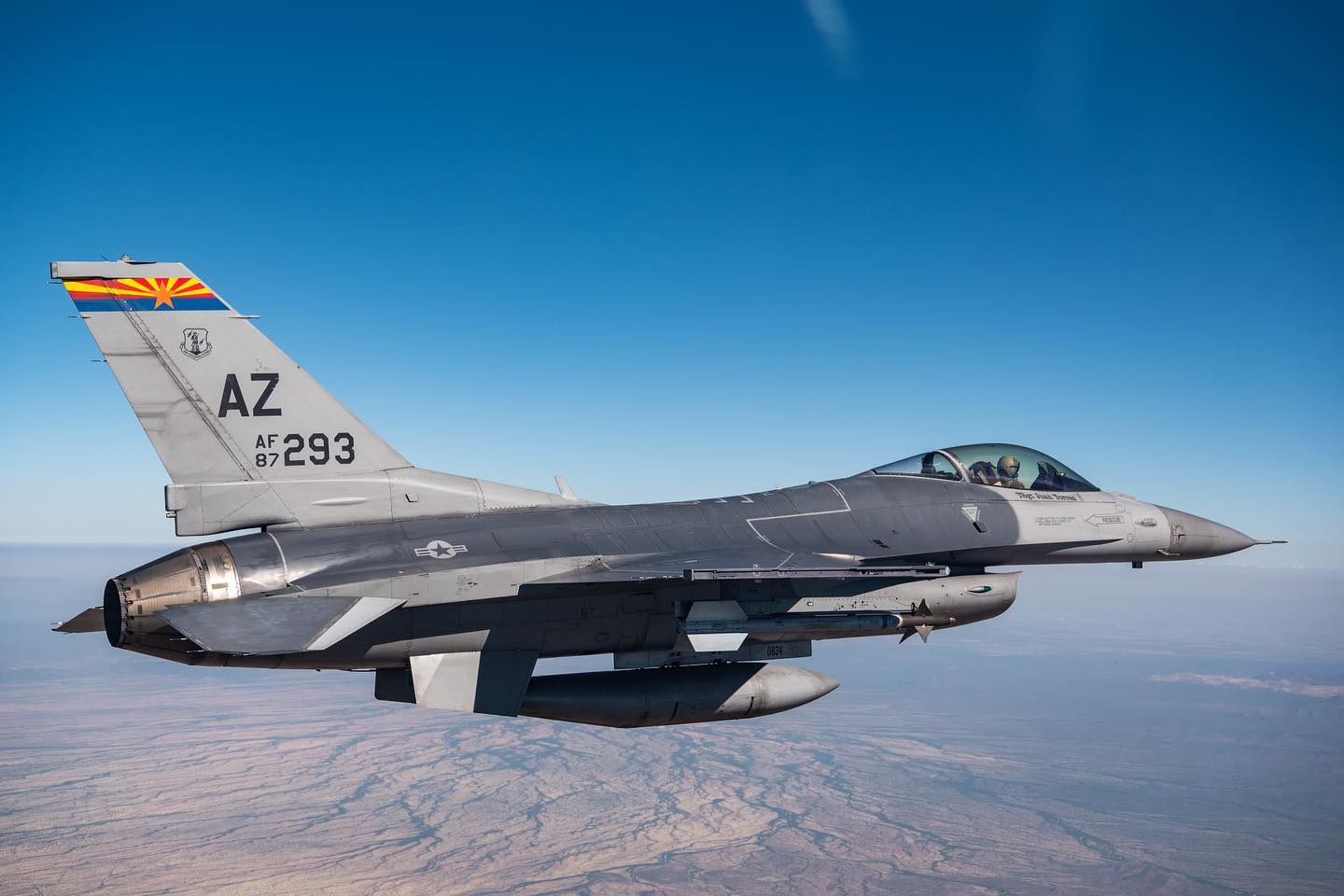F-16 fighters for the Vietnamese Air Force?
The Biden administration is reportedly negotiating with Vietnam on the sale of an arms package, including a fleet of Lockheed Martin F-16 fighters.
Washington and Hanoi are in talks on a deal for the largest-ever transfer of military equipment between the former Cold War adversaries, two people familiar with the matter told Reuters. The armaments package that the U.S. would seek to sell to Vietnam would include a fleet of Lockheed Martin F-16 fighter jets, as well as their associated weaponry and equipment.
The deal is still in its early stages, with exact terms yet to be finalized, and may not come to fruition. But it was a key topic of official Vietnam-U.S. talks in Hanoi, New York and Washington over the past month.
«We have a very productive and promising security relationship with the Vietnamese and we do see interesting movement from them in some U.S. systems, in particular anything that can help them better monitor their maritime domain, perhaps transport aircraft and some other platforms,» said a U.S. official to Roiters.
See also: First of Vietnam’s 12 L-39NG trainers ready for delivery
The enemy of my enemy…
The arrival of the U.S. fighters would allow the Vietnam People’s Air Force (Không Quân Nhân Dân Việt Nam, in Vietnamese) to strengthen and modernize its capabilities, as it currently has about 40 Sukhoi Su-27 and Su-30MK2 heavy fighters, which are its main air defense assets, and about 30 older Su-22 attack fighters, which the F-16s could replace.

But more importantly, the potential sale of a fleet of F-16 fighters would result in the establishment of a strategic/military cooperative relationship between these two former enemies, the duration of which will be measured in decades.
The positions of Hanoi and Beijing are at loggerheads due to overlapping territorial claims in the South China Sea. Washington intends to take advantage of this situation to reinforce its encirclement of China and hinder its territorial expansion in the Pacific.
The Biden administration is even considering the possibility of structuring especially favorable financing conditions for Vietnam to be able to afford the purchase and operation of the new US weapons systems, which would imply a heavy investment in the modernization and adaptation of the Vietnamese military infrastructure, as well as a significant doctrinal change for its Armed Forces.



Para comentar, debés estar registradoPor favor, iniciá sesión